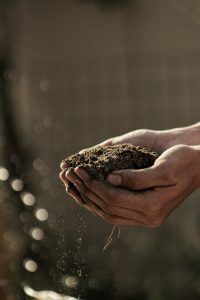
Why Compost
Compost is decomposed organic material. Compost is made with materials such as leaves, shredded twigs, plant cuttings and kitchen scraps from produce. Using compost mimics what happens in nature. When plants die, they decompose and

Compost is decomposed organic material. Compost is made with materials such as leaves, shredded twigs, plant cuttings and kitchen scraps from produce. Using compost mimics what happens in nature. When plants die, they decompose and
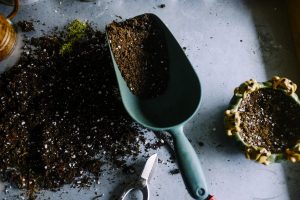
Soil and compost is key to growing healthy plants. Soil is the top layer of the land that supports plant growth. Most soils are composed of a combination of different proportions of sand, silt, and
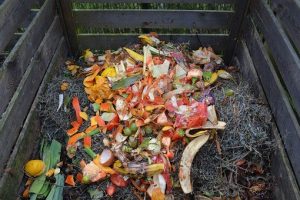
The terms are generally descriptive. Browns are brown plant material, and greens are green plant material. Some examples include the following: Greens: Kitchen scraps (watermelon rinds, carrot ends and peels, banana peels, rotten avocados, cucumbers,
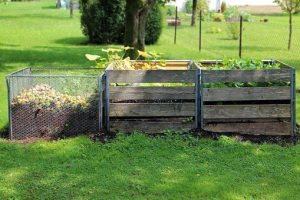
Composting falls into 3 main categories: hot, cold, and worm (not warm). The most important factors for any type of composting are air, water and a mix of green and brown material. However each method
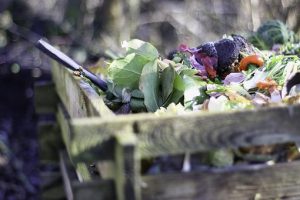
Vegetable peels, cores, and ends, fruit waste, paper tea bags, plant prunings and grass cuttings break down quickly and provide important nitrogen as well as moisture. However, these items are usually composted with materials such
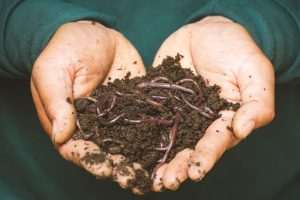
Vermicomposting is simply composting with worms. For our family, it takes minimal effort to maintain and results in compost very quickly. We use red wigglers (Eisenia fetida) to eat our kitchen scraps and shredded cardboard
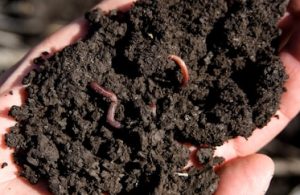
How do you start a worm compost bin? If you are making your own bin, you may want to start on a small scale. A shallow container equivalent in volume to 3 shoe boxes